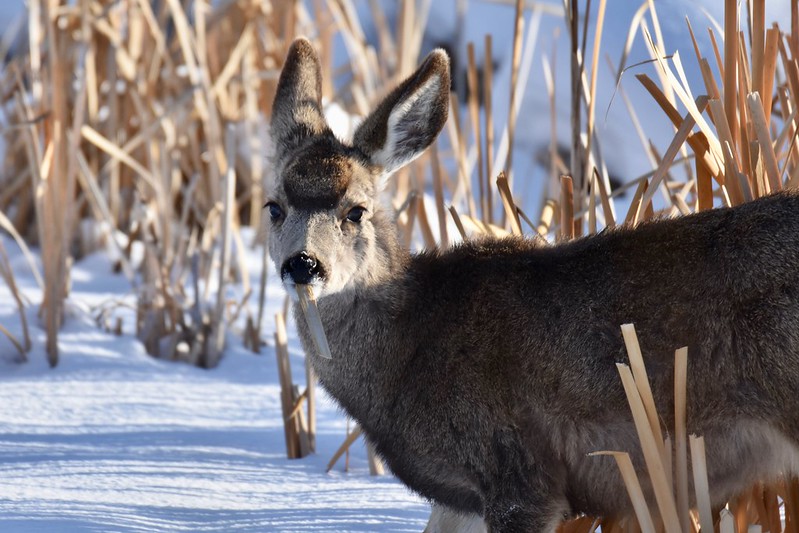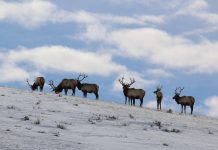Back in 2020, we at Ehuntr covered a mule deer movement study that was happening in the bighorn mountains. This movement study started when the Wyoming Game & Fish Department collared 25 does on the winter range in 2020. The main goal of this movement study was to determine deer habitat usage in the Bighorn mountains. Likewise, biologists wanted to use the study to look at three-to-six-month-old fawn survival rates.
Since the original start date, the study has now collared around 130 mule deer does. During the study 23 deer have died, those 23 collars will be redeployed. Likewise, in March 2022, the study will add 35 more collars into the study. That means in total, around 165 deer will be collared for the 2022 movement study expansion. The study is expected to finish up sometime in 2023.
“In December, we will focus on placing collars on does to fill in the areas we think we are missing movement data. “In March we will try and capture fawns of our collared does, with the goal of documenting 35 doe/fawn pairs. With these new captures, we aim to document how the mother’s strategy and the year-to-year conditions fawns experience affect their migratory decisions throughout their lifetime. Since these collars will be deployed for three years, they should record up to three spring migrations per fawn. We will collect the bulk of the data when the collars deployed in 2020 begin to drop off the animals in March 2023.” – Carrie Kyle, University of Wyoming graduate student, Study Lead
Study Data
The study has already found several movement trends. The majority of deer collared in August 2020 on-mountain summer ranges moved to the west side of the Bighorns during winter. This was an interesting development. Biologists expected the deer to migrate in nearly equal numbers both to the east and west sides of the Bighorns. The biologists have also found that a larger than expected number of deer spend the entire year in the Bighorn foothills instead of migrating.
With the expansion of this movement study, the biologists hope to better understand the bighorn deer herd.
If you’d like to read more about this study, we will leave two links below for articles on the subject.
The Ehuntr 2020 original coverage article can be found by clicking here. Likewise, the Wyoming Game & Fish article can be found by clicking here.
So, what are your thoughts on this movement study? Do you know of other areas that could use a similar study? Let us know in the comments!















